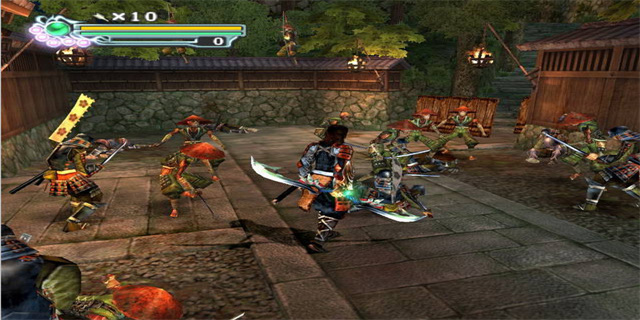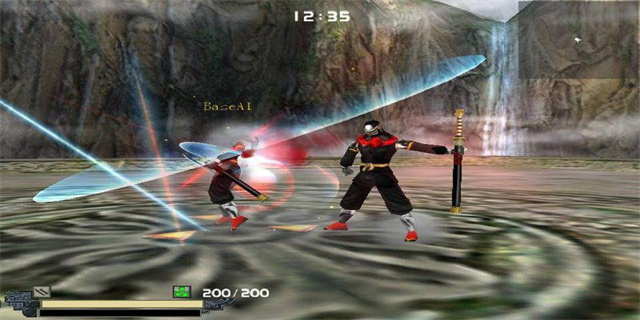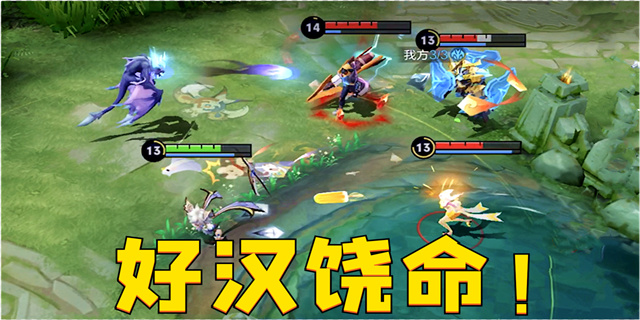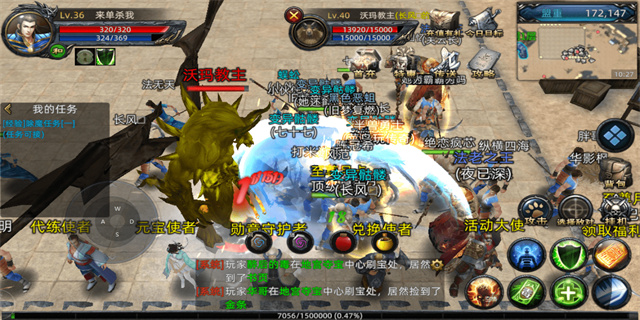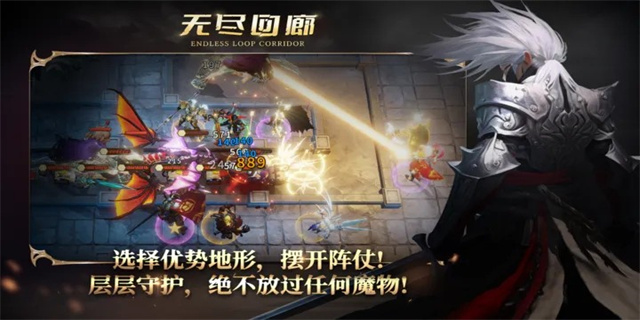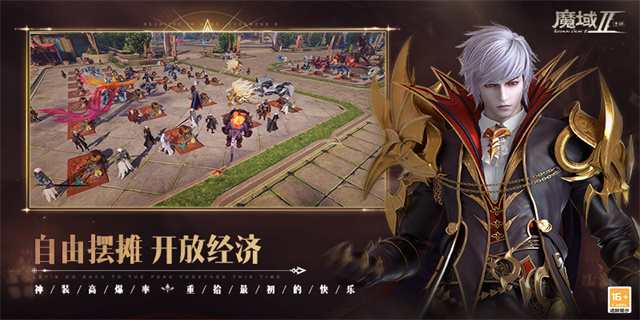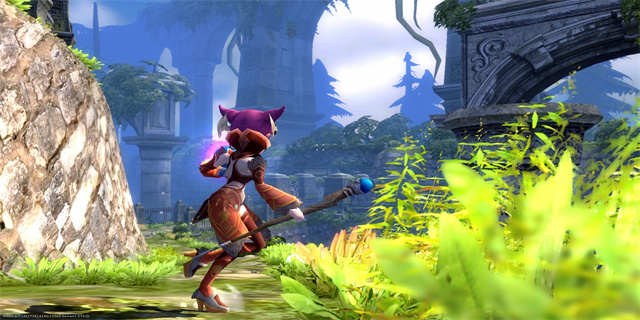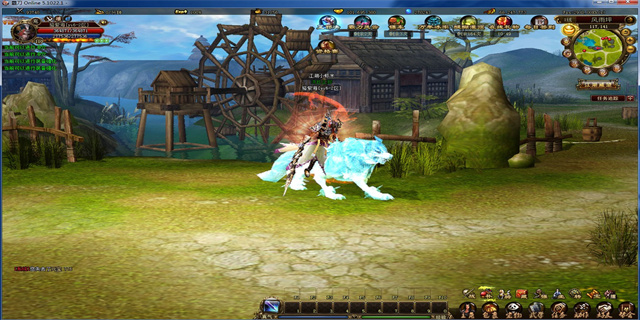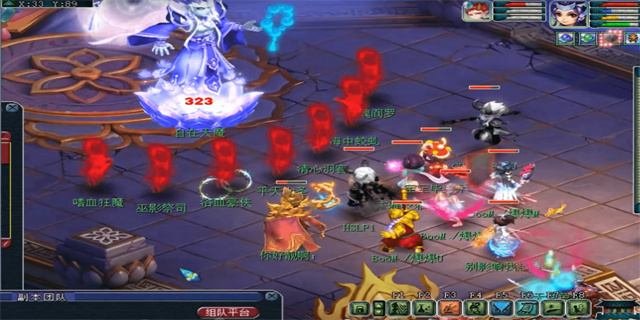ronin(Ronin The Legendary Masterless Samurai)
Ronin: The Legendary Masterless Samurai
Introduction: The Origins and Significance of Ronin
The term \"ronin\" refers to a masterless samurai, once a prominent figure in feudal Japan. These wandering warriors were highly skilled in various martial arts and adhered to a code of honor known as \"bushido.\" Ronin emerged during a time of political instability and upheaval in Japan, playing a significant role in shaping the country's history. This article delves into the origins of ronin and their enduring legacy.
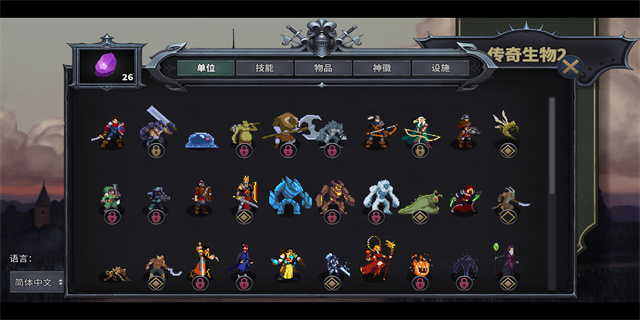
1. Rise of the Ronin: Unstable Times and the Fall of the Samurai
During the late medieval and early feudal periods in Japan, the samurai class held immense power and prestige. Serving their feudal lords, or daimyos, they maintained order and protected their territories. However, as the centralized rule began to weaken and conflicts between rival clans escalated, many samurai found themselves without a master.

This turning point marked the rise of the ronin. Some samurai became masterless due to the deaths of their lords, while others chose to abandon their feudal obligations. Despite their varied circumstances, these ronin faced an uncertain future and had to rely solely on their skills to survive.
2. The Life of a Ronin: Challenges and Adaptation
Being a ronin was no easy feat. As the feudal system disintegrated, traditional avenues for employment were scarce for these wandering warriors. Transitioning from a structured existence to one of constant movement and uncertainty, ronin had to adapt to survive.
For many, this meant offering their skills as swordsmen and bodyguards to those in need. Ronin often acted as mercenaries, hired by wealthy merchants or lesser daimyos. These freelance warriors were known for their impeccable fighting techniques, unmatched loyalty, and adherence to the bushido code.
Furthermore, ronin occasionally joined forces with bandits or rebel groups, seeking camaraderie and a sense of purpose in their solitary lives. Others honed their martial arts skills further, dedicating themselves to personal growth and enlightenment.
3. Ronin in Popular Culture: Legends and Influence
The allure of the ronin has captured the imagination of many generations, resulting in countless tales and legends. Throughout literature, theater, and cinema, ronin have been portrayed as complex and enigmatic characters, embodying the virtues of loyalty, honor, and resilience.
One of the most famous stories is the \"47 Ronin,\" a true account that took place in the early 18th century. After their daimyo was forced to commit seppuku (ritual suicide), these loyal retainers spent years plotting their revenge and eventually succeeded in avenging their lord's death.
The legend of the ronin continues to inspire modern-day writers, filmmakers, and artists. Their stories serve as a reminder of the importance of honor, loyalty, and staying true to one's principles, even in the face of adversity.
Conclusion: The Enduring Legacy of Ronin
The era of ronin may have passed, but their legacy lives on in the hearts and minds of many. These wandering warriors navigated a treacherous path, reflecting the turbulent times in which they lived. Whether through their exceptional swordsmanship, unwavering loyalty, or tales of enduring revenge, the ronin have become symbols of honor and resilience.
As we reflect on the history of the ronin, we are reminded of the importance of staying true to one's principles and embracing change when faced with adversity. In a rapidly evolving world, the timeless lessons of the ronin serve as a guiding light for those seeking purpose and strength.
Ronin: The Legendary Masterless Samurai Introduction: The Or
2023-11-25
